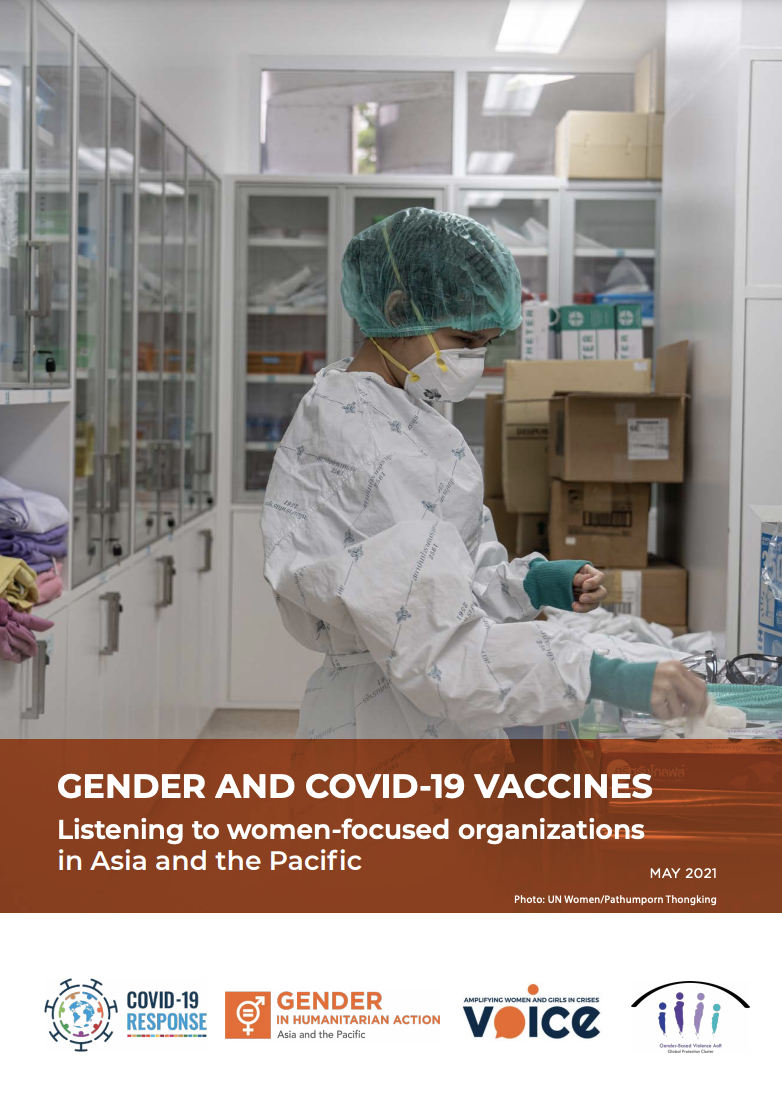Gender and COVID-19 Vaccines: Listening to Women-Focused Organizations in Asia and the Pacific
Description
As a disaster-prone region, Asia and the Pacific faces the COVID-19 pandemic and vaccine rollouts amid threats that disproportionately impact women, girls, gender-diverse groups, and other marginalised populations and make it more difficult for them to access vaccines. From the Asia-Pacific Gender in Humanitarian Action Working Group (GiHA WG), this report provides a picture of emerging gendered barriers to COVID-19 vaccine uptake and supply, supplemented by analyses drawn from a virtual listening session with women-focused organisations (WFOs) on the COVID-19 vaccine rollout in Asia and the Pacific.
Among the many barriers to women’s access to COVID-19 vaccines that are reviewed in the report, captured by the figure, below, are those specific to the Asia-Pacific region.

For example, women make up around 80% of frontline healthcare workers in this region, and they have often been underprotected and overexposed in their work at the forefront of the pandemic response. Given the feminised nature of the healthcare workforce and polio vaccination teams, security concerns for women are amplified. In many settings, women and gender-diverse groups are also at risk of experiencing sexual harassment, exploitation, disrespect, and other forms of gender-based violence (GBV) when seeking health services, including vaccination. Underprioritising the needs and voices of female health-care workers has reportedly led to instances of inadequate access to personal protective equipment, increased rates of infection among women healthcare workers compared to their male counterparts, neglected menstrual hygiene needs in the workplace, and a lack of psychosocial support. Furthermore, Asia has the lowest proportion of women on COVID-19 task forces globally; inclusion of women in COVID-19 task forces and positions of leadership is one way of ensuring vaccine distribution is gender-responsive and intersectional.
Gender gaps in literacy, education, and technology mean women in the Asia-Pacific region are less likely to receive relevant and trustworthy information about COVID-19 vaccinations. Some vulnerable and marginalised population groups were excluded from or underrepresented in clinical trials for COVID-19 vaccines, creating a gap in trustworthy information. In addition, the face-to-face informal networks women relied on before COVID-19 have been limited by lockdown measures.
Misinformation has fuelled the COVID-19 pandemic, and many governments in the region have expressed safety concerns over existing vaccines, impeding public uptake of COVID-19 vaccines and leading to sluggish vaccine rollouts. Marginalised communities, including women and girls and others who may have experienced systemic stigmatisation or encountered non-inclusive and/or discriminatory health and social systems and services may have greater distrust of vaccination campaigns.
Discussions about gendered barriers to vaccine uptake and supply – and associated recommendations – from those sessions are summarised in the report. Here are just a few suggestions:
- Ensure national vaccine prioritisation strategies account for overlapping vulnerabilities and intersecting identities of women and girls who are most exposed and vulnerable to COVID-19.
- Ensure inclusive and diverse representation of women and marginalised groups in all levels of decision-making during the COVID-19 response to ensure equitable distribution of the vaccine.
- Engage community-level organisations of women-focused and youth-centred organisations that engage girls in community outreach and participation to support the vaccination campaign and delivery.
- Amplify efforts to ensure timely and accurate information on COVID-19 vaccines is disseminated in accessible formats and various languages with an intersectional approach, to specifically reduce the spread of misinformation, vaccine hesitancy, and discrimination and stigma associated with COVID-19. Relatedly: Engage faith-based organisations to counter and dispel myths and address vaccine hesitancy.
- Develop strong platforms and action plans for risk communication and community engagement (RCCE) to ensure people are receiving the necessary information on COVID-19 vaccines – e.g., develop targeted and inclusive materials for key population groups, such as transgender populations, to transform behaviours for adoption of the vaccine.
Additional languages

DETAILS
Publication
Authors
Emergency
Language
Region
Keywords

